Capture the Moment!
Since 2013, I’ve published hundreds of blog posts on all aspects of photography. Some are aimed at helping photographers with their technique, settings, and equipment, but others describe my exhibitions, workshops, and adventures in Africa, Antarctica and beyond.
Feel free to browse chronologically or click on the heading above any post for specific categories, such as Equipment, Trips or Hints and Tips.
If you’d like to write a guest post, I charge £50 + £10 per dofollow link. Please drop me a line on +44 7942 800921 or at nick@nickdalephotography.com.
(Please note that some posts contain affiliate links from which I can earn a small commission.)
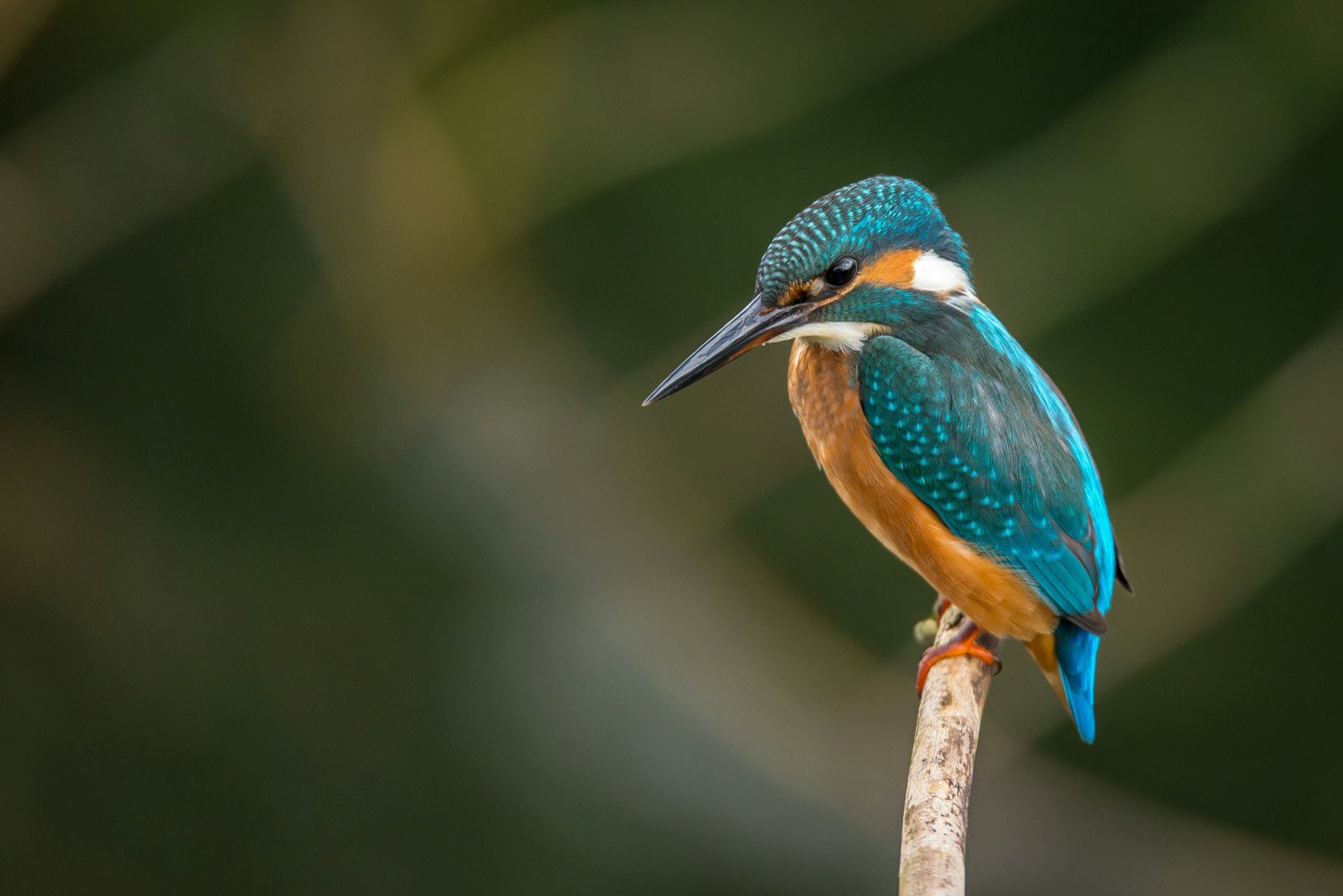
Getting Started on Bird Photography: 10 Essential Tips
Bird photography is a uniquely accessible pastime, particularly in the age of affordable high-performance cameras. However, it can be much more involved compared to other photography-related hobbies because of the technical know-how and personal discipline needed to capture human-shy bird species.
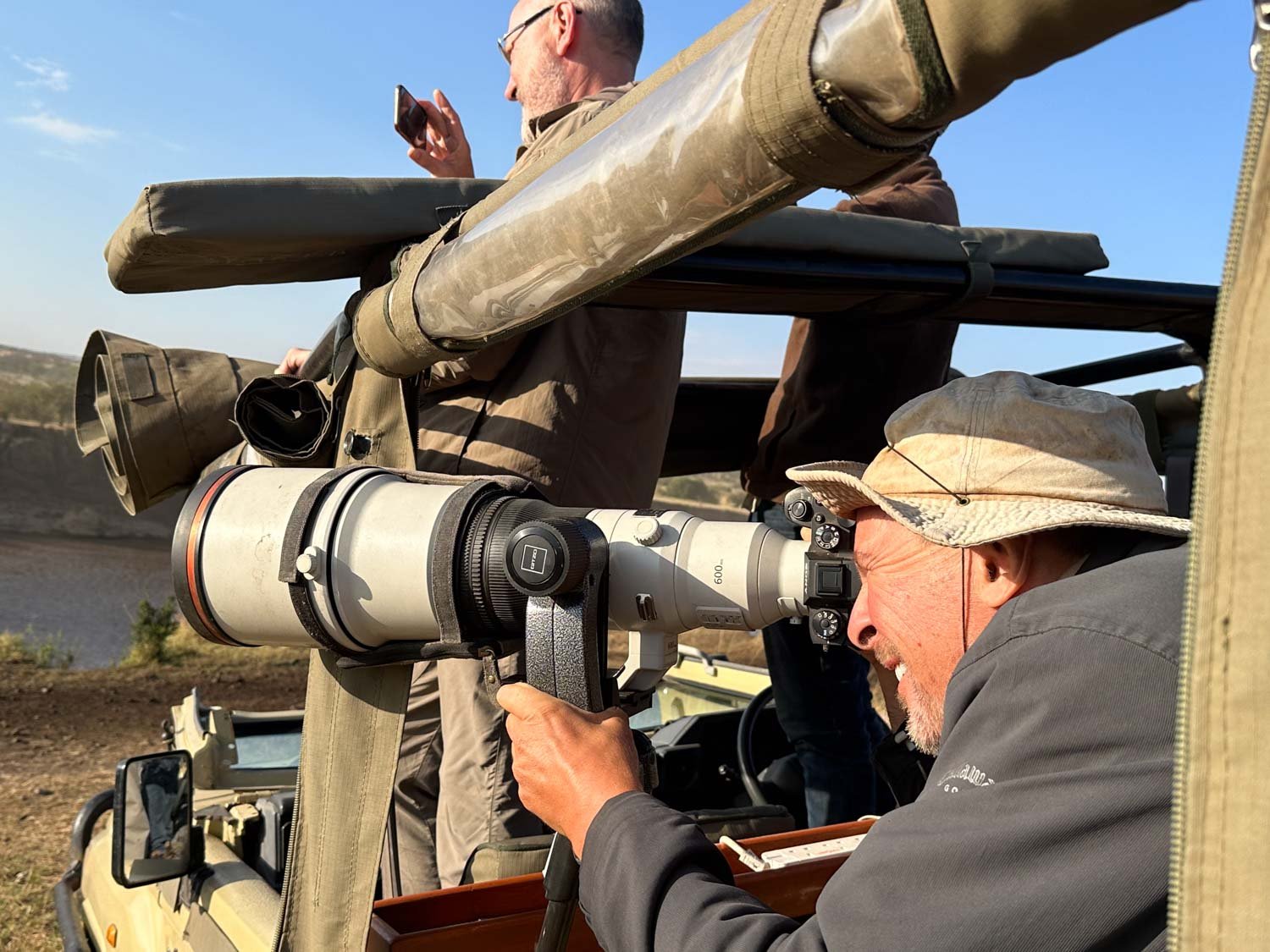
Top 100 Photos: Strengths and Weaknesses
I’m going to the Wildlife Photographer of the Year (WPOTY) exhibition at the Natural History Museum in a couple of weeks to see the top 100 wildlife photographs in the world. Unfortunately, I know in advance that I’ll like hardly any of them!
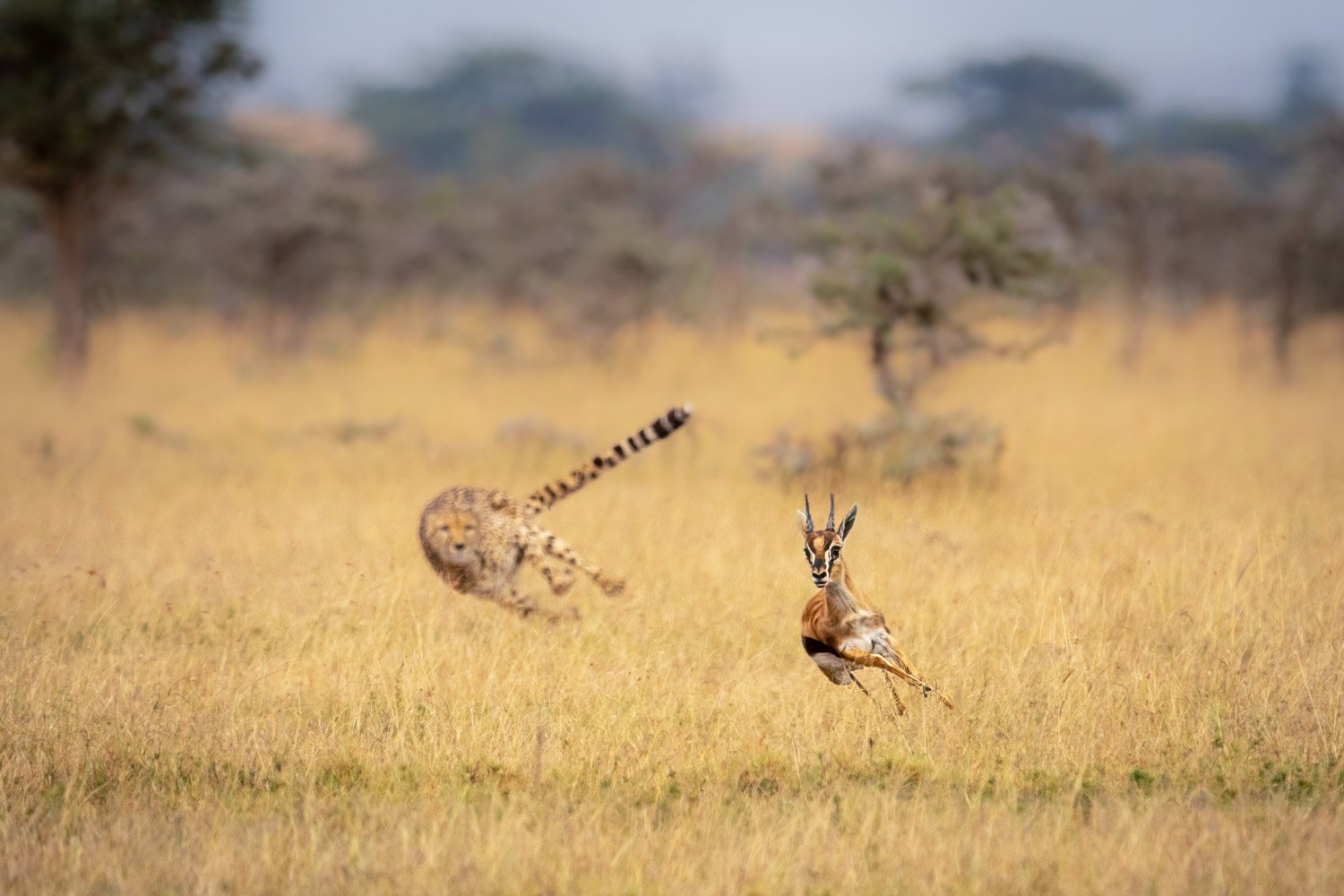
10 Classic Safari Shots
To my knowledge, not many photographers who go on safari put together a shot list in advance. That’s not necessarily a bad thing, but it’s worth considering so that you can make the most of your experience. The last thing you want to do is come home kicking yourself you didn’t get a shot of a leopard or a cheetah hunt.
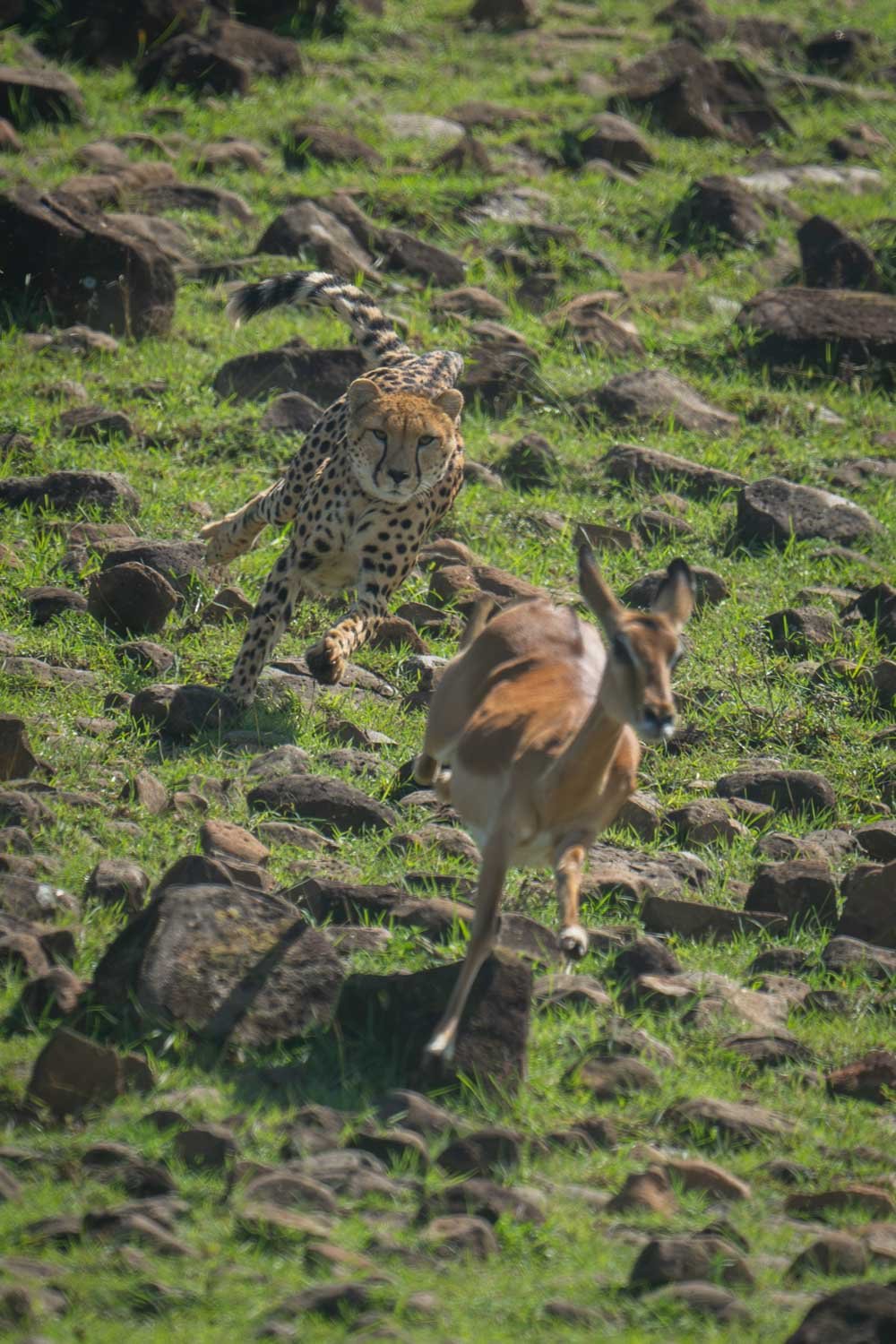
Wet and Wild!
I’ve just come back from a couple of weeks at Kicheche in the Masai Mara. There was so much rain that it sometimes felt like I was in a remake of Waterworld, starring Paul Goldstein!
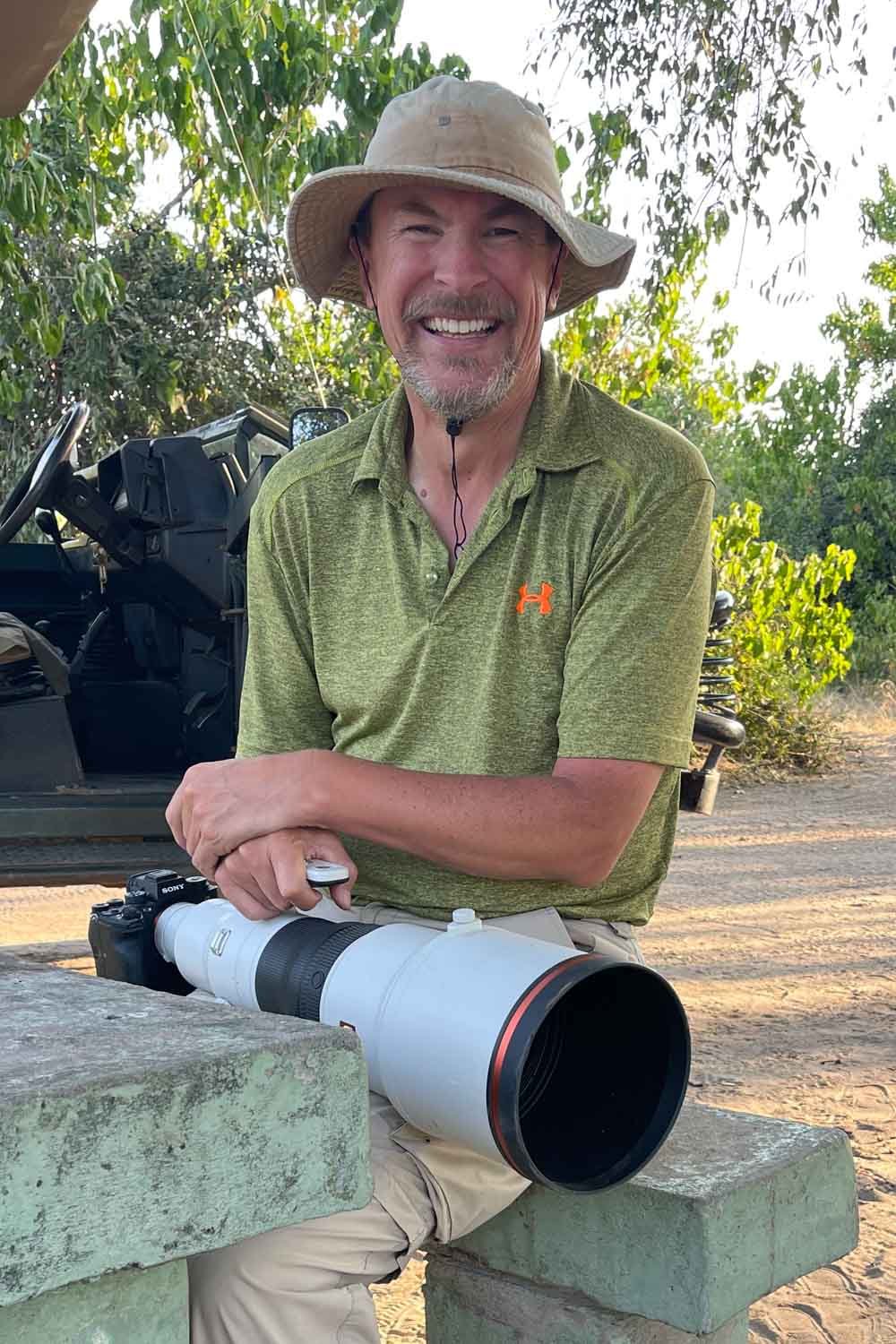
2024: My New Year's Resolutions
I don’t normally make New Year’s resolutions, but I thought I should share some of the things I’d like to be able to do in 2024. Unfortunately, most of them are outside my control and rely on various businesses getting their act together, but here’s hoping…!
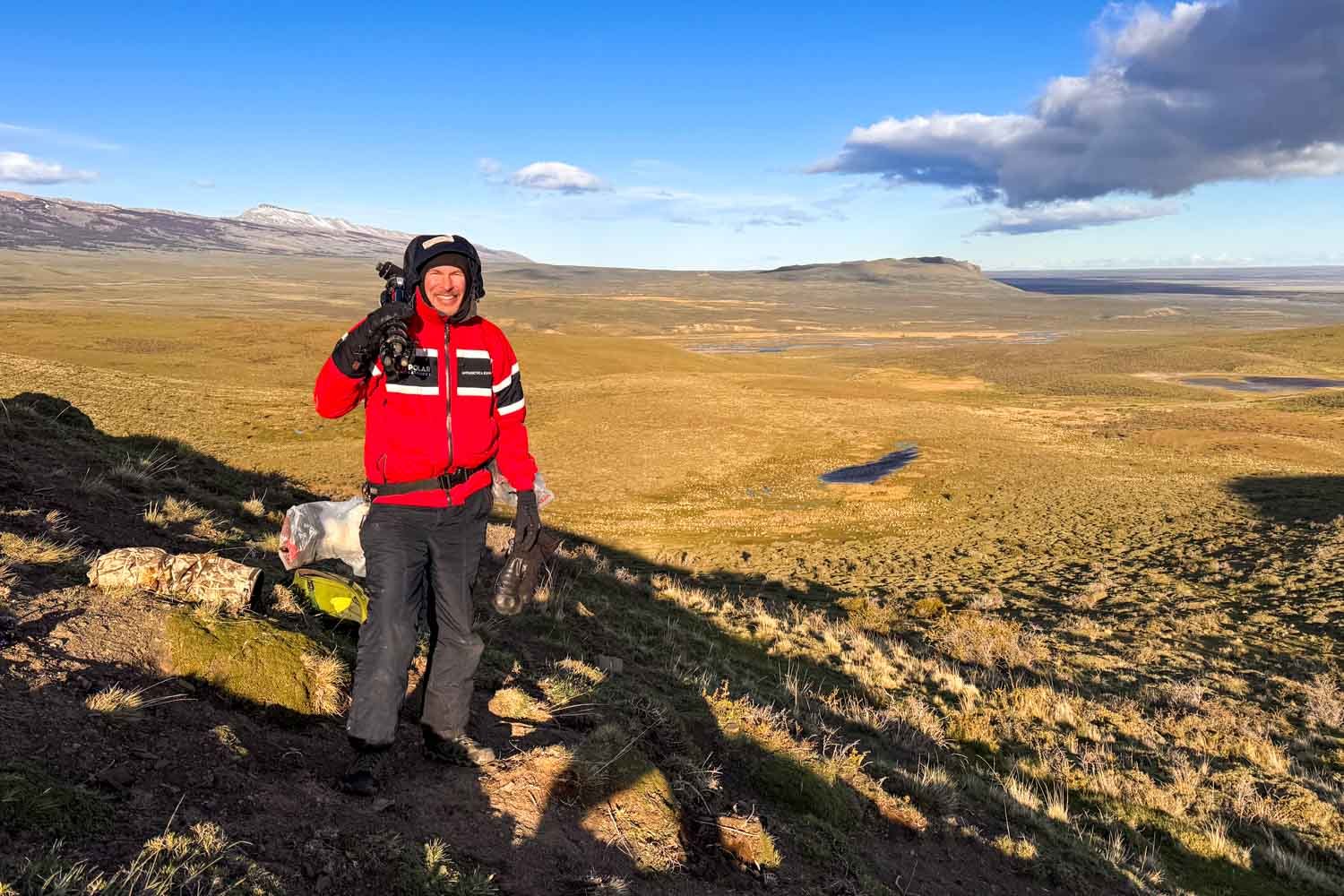
2023: From Grendel to Pumas
This is my last post of 2023, so I thought I'd write a quick review of the year.
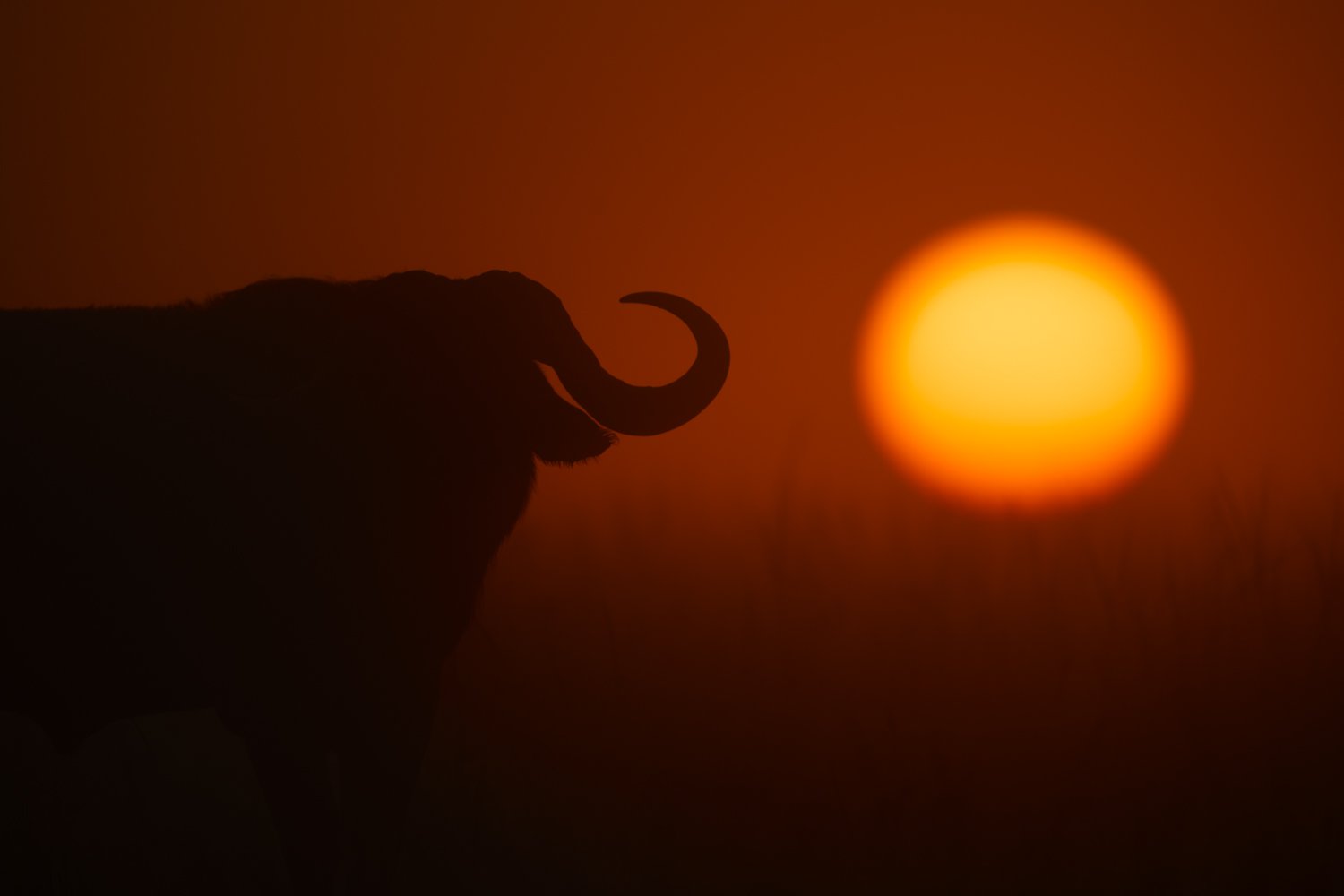
Types of Light for Wildlife Photography
Light is light, right? Wrong! Light varies in colour, direction, brightness and softness throughout the day, and each type makes different demands on the photographer. You need to know how to guarantee good light and how to cope with bad light by using the right camera settings and editing techniques.
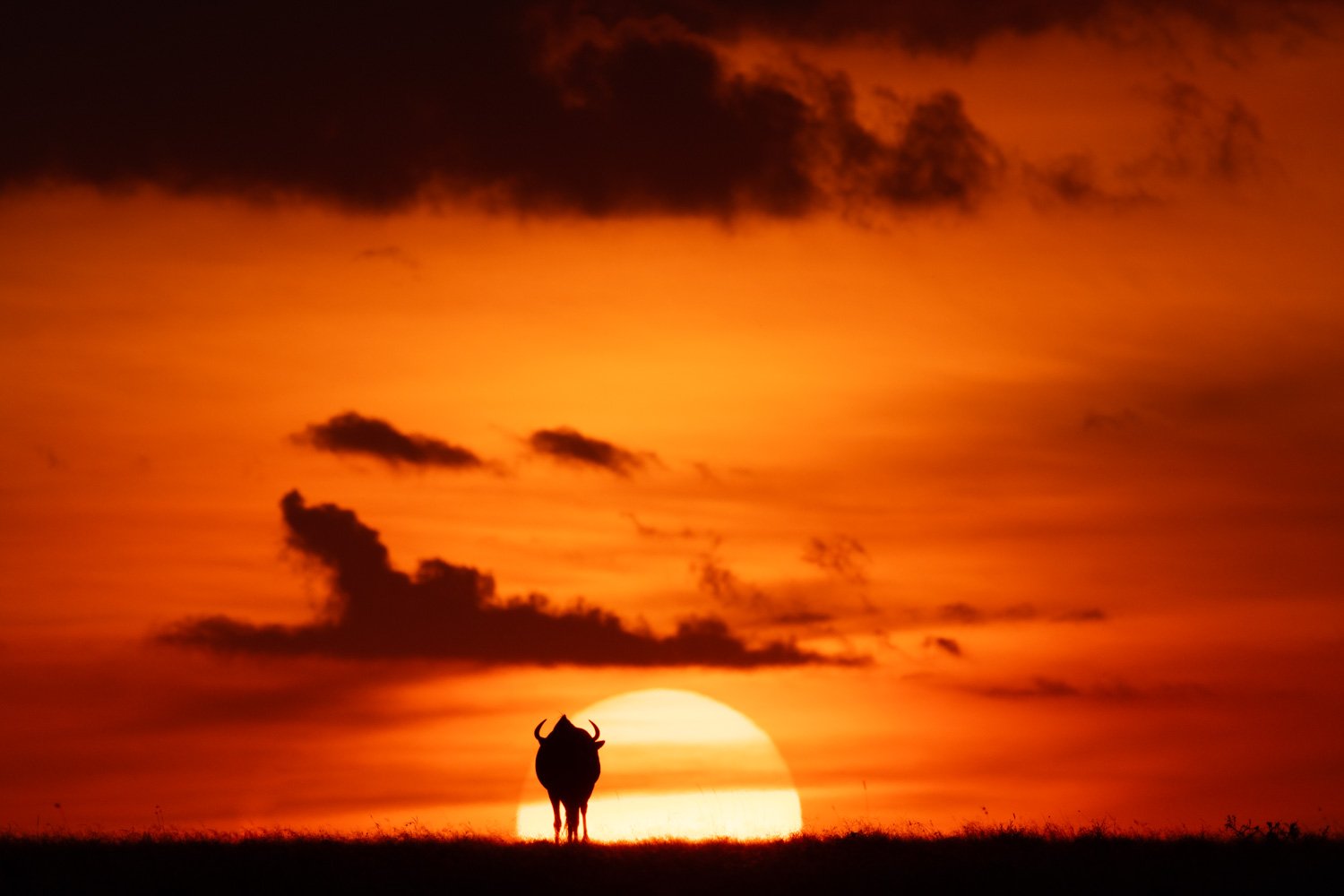
Calibration can Make Your Images Pop!
Calibration might be the last panel in the Lightroom Develop module, but it’s by no means the least useful. I often use the Blue Primary Saturation slider to make my images ‘pop’', and you can do the same!

How to Avoid and Remove Noise
Noise is the bane of many wildlife photographers. It can easily ruin images shot in low light, and there’s no easy way to fix it. However, photography is all about trade-offs, and there are a number of things you can do in terms of your choice of equipment, your settings and your editing workflow that should allow you to create clean, high-quality images whatever the conditions.
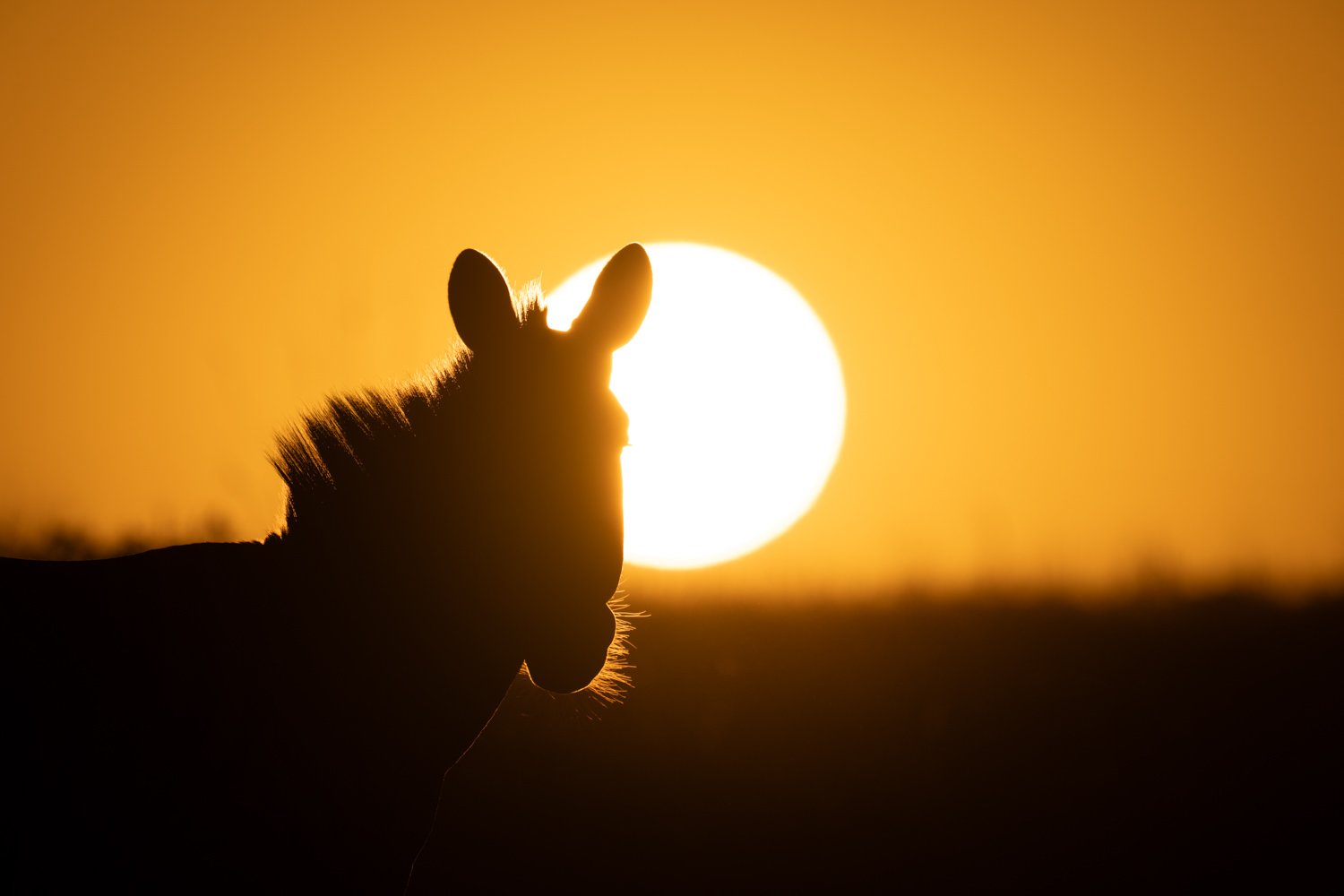
How to Improve Your Backgrounds
By definition, the background isn’t supposed to be as important as the subject, right? Well, that may be true, but the real point should be that you usually have far more control over the background than the wildlife! Here’s a pick-and-mix list of things you can do to improve your backgrounds—either by removing something negative or adding something positive.

How to Shoot Handheld
The first photograph was taken in 1826 by Joseph Nicéphore Niépce using a shutter speed of eight hours! He had to keep the camera still for so long that he needed a tripod. However, modern cameras and smartphones have brought shutter speeds down so far that most people shoot handheld. So what’s the best way to do it?
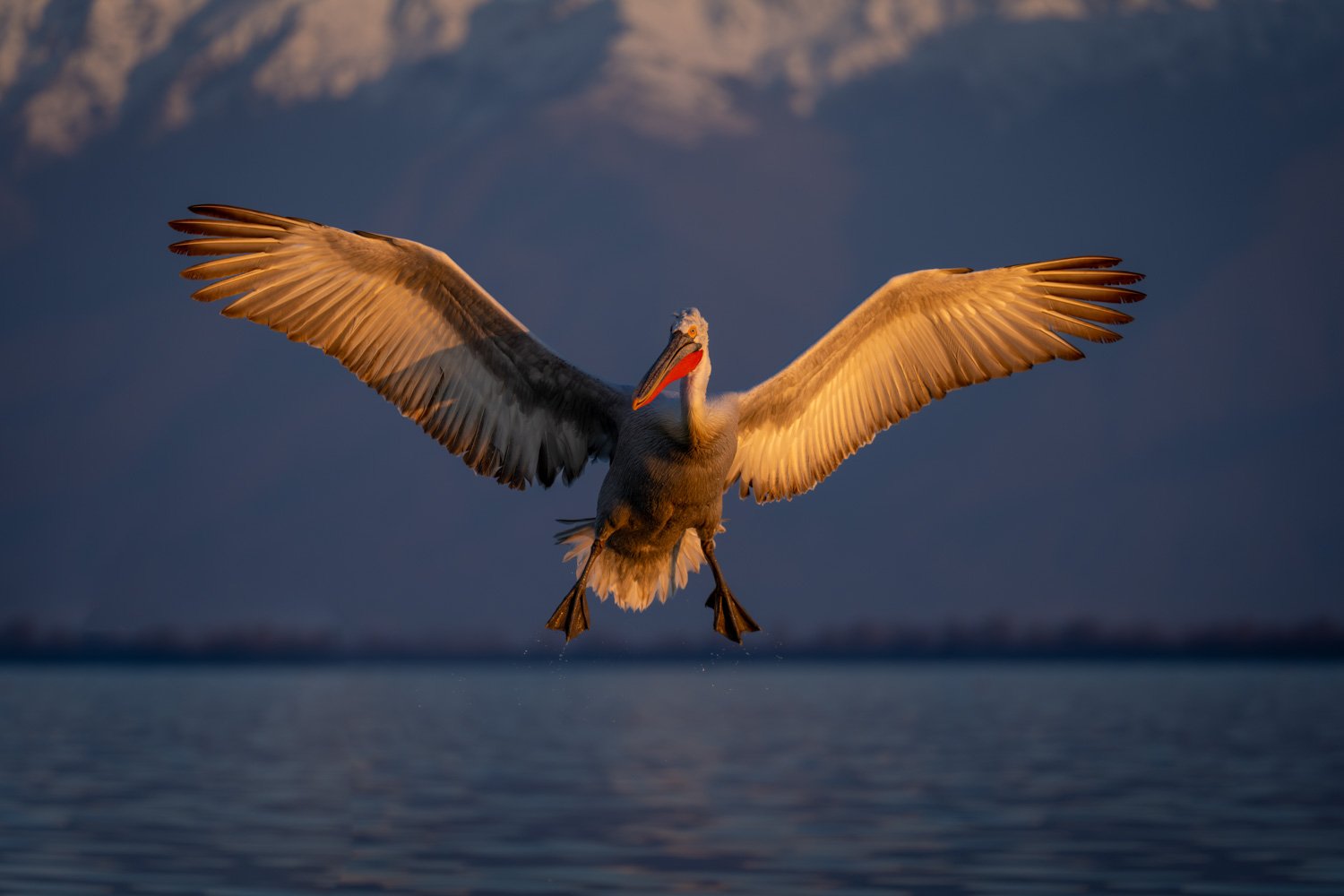
Dust, Air and Spume!
According to Paul Goldstein, dust, air and spume are the “Holy Trinity of wildlife photography”. The idea is to show energy and movement by showing the dust thrown up by galloping hooves, animals and birds ‘getting air’ and the spume created by action shots in water.

Clash of the Continents
I’ve taken pictures in 36 countries on all seven continents, so I thought I should talk about the best one to visit for wildlife photography. Is it North America for grizzlies and polar bears, South America for jaguars and pumas, Antarctica for penguins and seals, Europe for bears and birds, Asia for tigers, Oceania for kangaroos and duck-billed platypuses or Africa for predators and prey?!
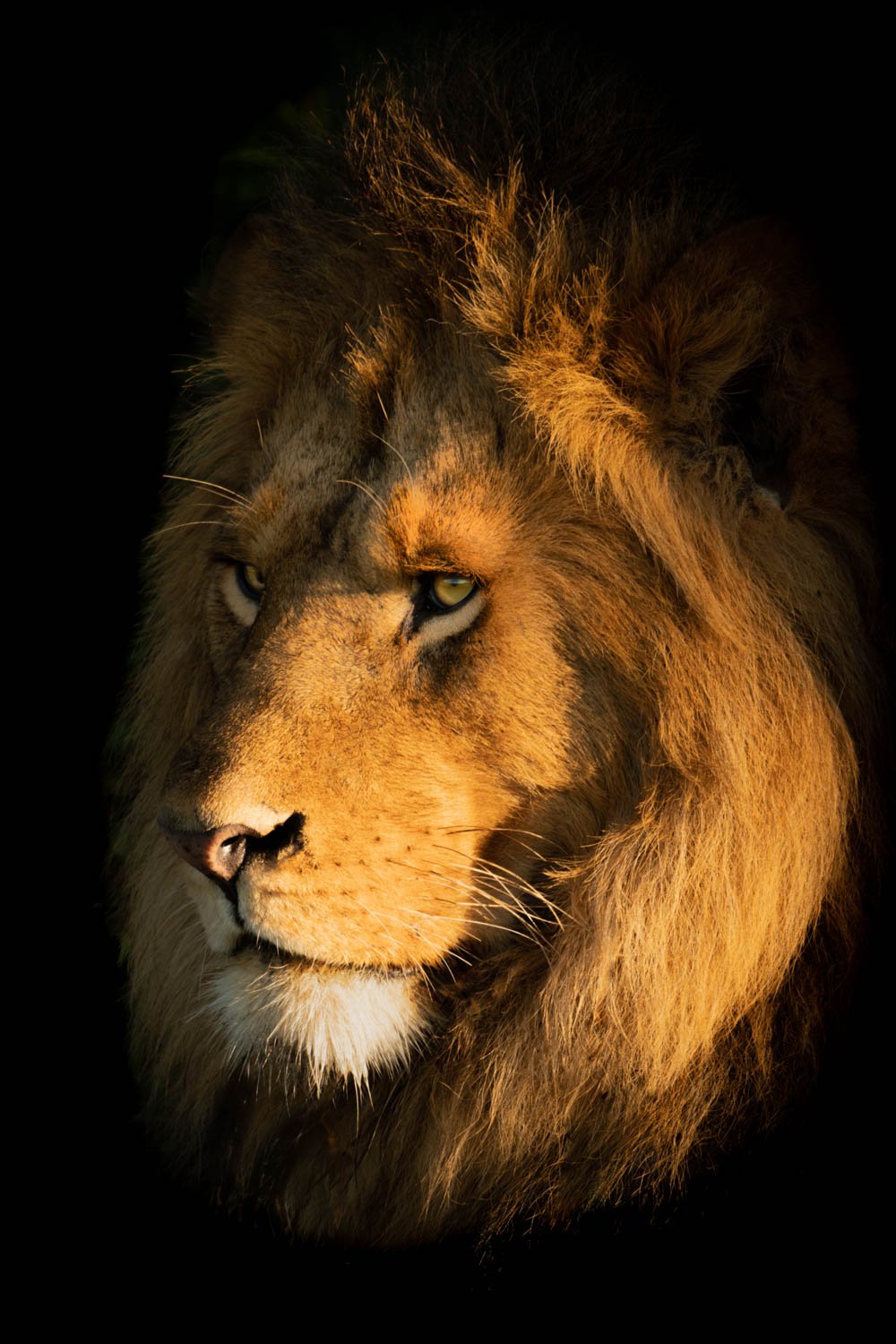
How to Photograph the Big Cats
One of the most popular subjects in wildlife photography is the big cats—including the tiger, lion, jaguar, puma and cheetah. I’ve photographed all of them in the wild, and here are a few tips I picked up along the way…
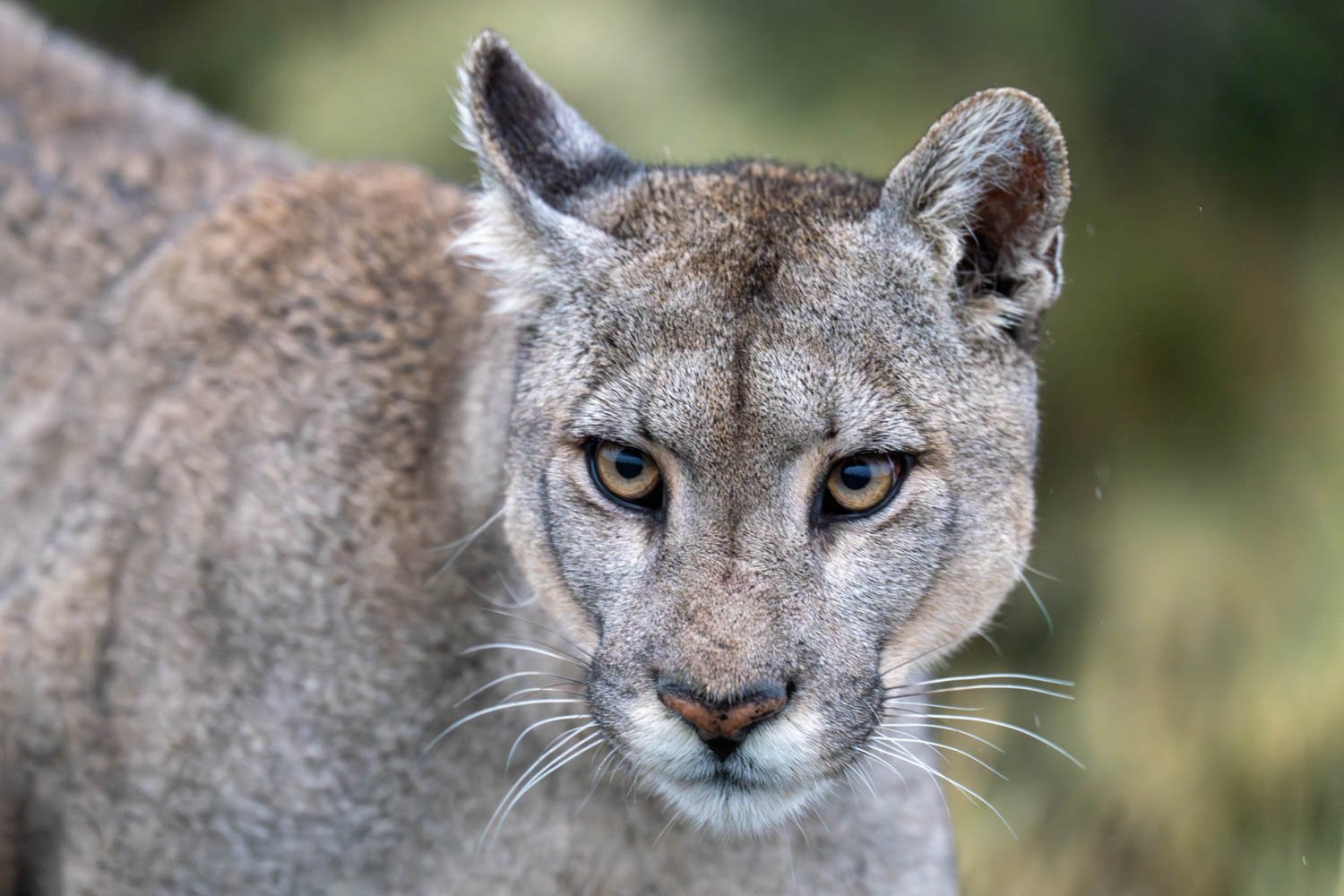
Windy Paine
Sea lions, penguins, foxes, pumas, guanacos, rheas, condors, short-eared owls, American tourists, Spanish speakers, Singer sewing machines, waterfalls, sunshine, snow, rain, lenticular clouds, wind, wind and more wind—and did I mention the wind?! That’s what you get when you travel to Torres del Paine in Chile.
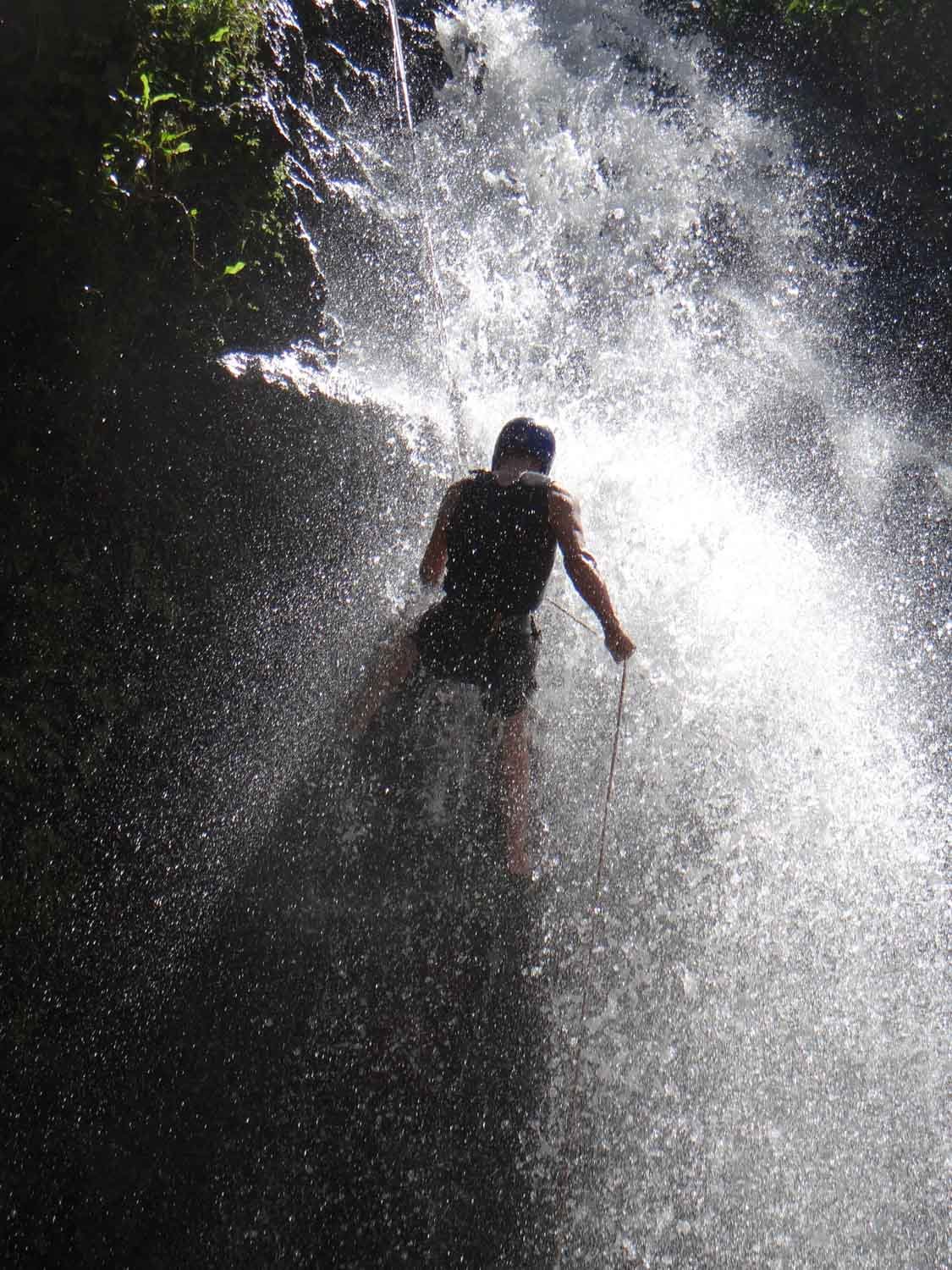
Dress for Success!
Wherever you go in the world to take pictures, it’s important to wear the right clothing. I’ve worked as a photographer in 26 countries on all seven continents, so I thought I’d give you the lowdown on what I usually wear in different places and in different conditions.
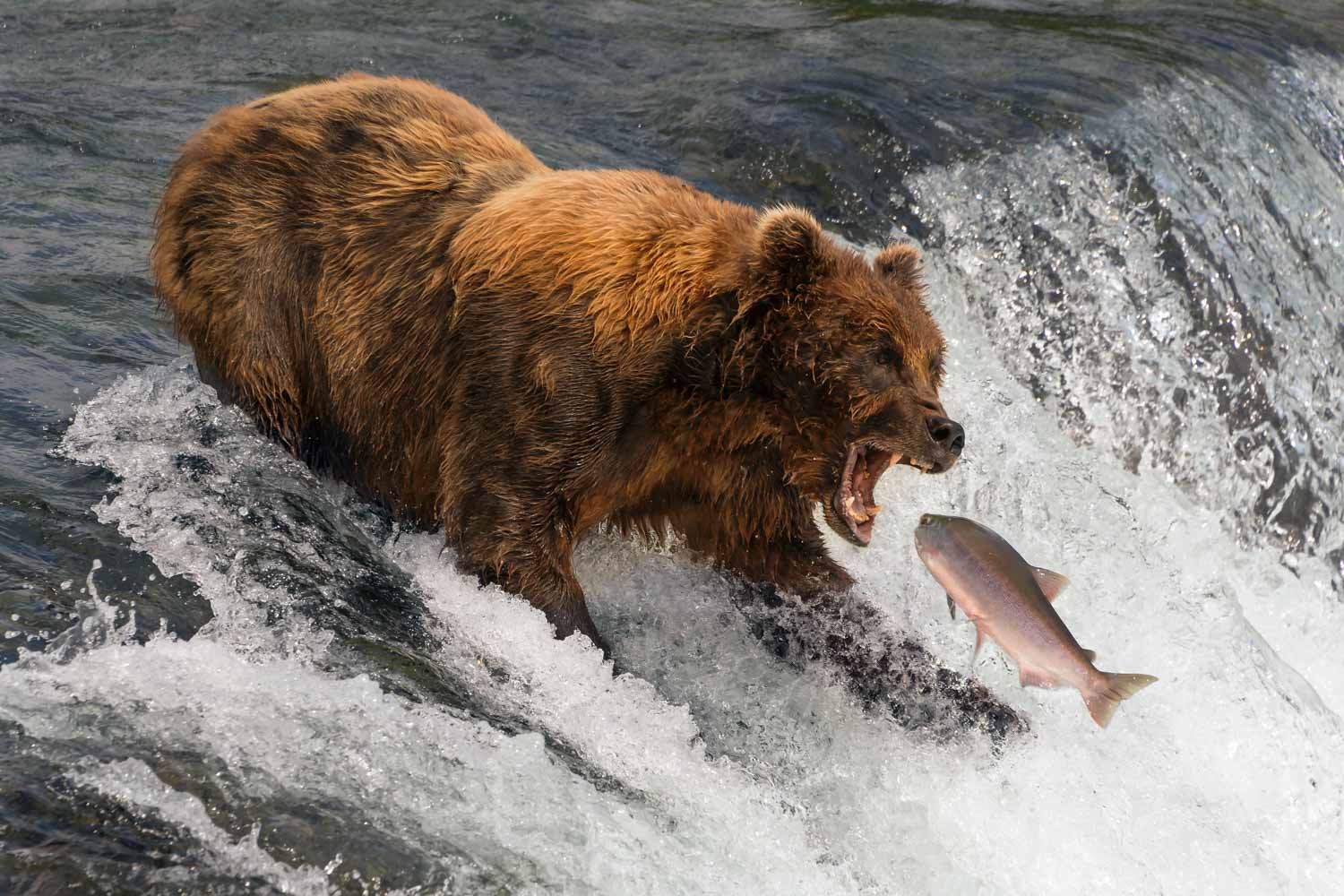
Experiment with Lens Blur
Lightroom's latest release (13.0.1) has just come out, and it offers a cool new AI feature called Lens Blur that works with any image format. It's labelled 'Early Access', so it's experimental and doesn't (yet) work with masking or presets or include sharpening, but it's a great way to add creative blur in post.

Accessorise!
If you want to buy a camera or lens for wildlife photography, there are probably millions of online articles to give you all the advice you need, but what about accessories? Tripods, filters and cleaning kits might not be as sexy, but when you need them, you really need them!
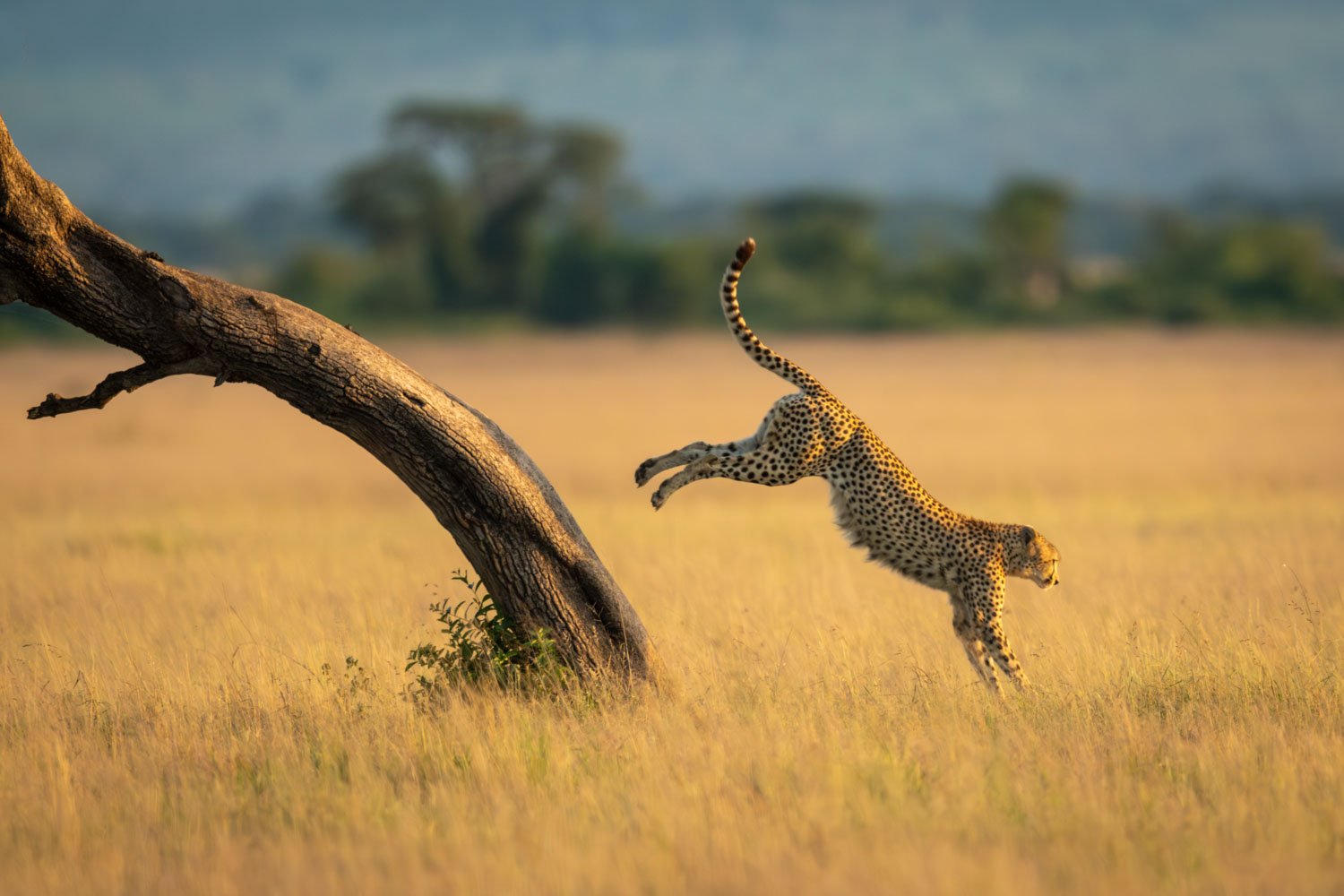
The Two-second Rule
How long does it take you to get ready to photograph something? If it’s more than two seconds, you might miss your chance. The ‘two-second rule’ is a way of crystallising the importance of being ready at all times. Birds fly away, animals turn their backs, and some idiot in your vehicle might drop something and scare off all the wildlife!
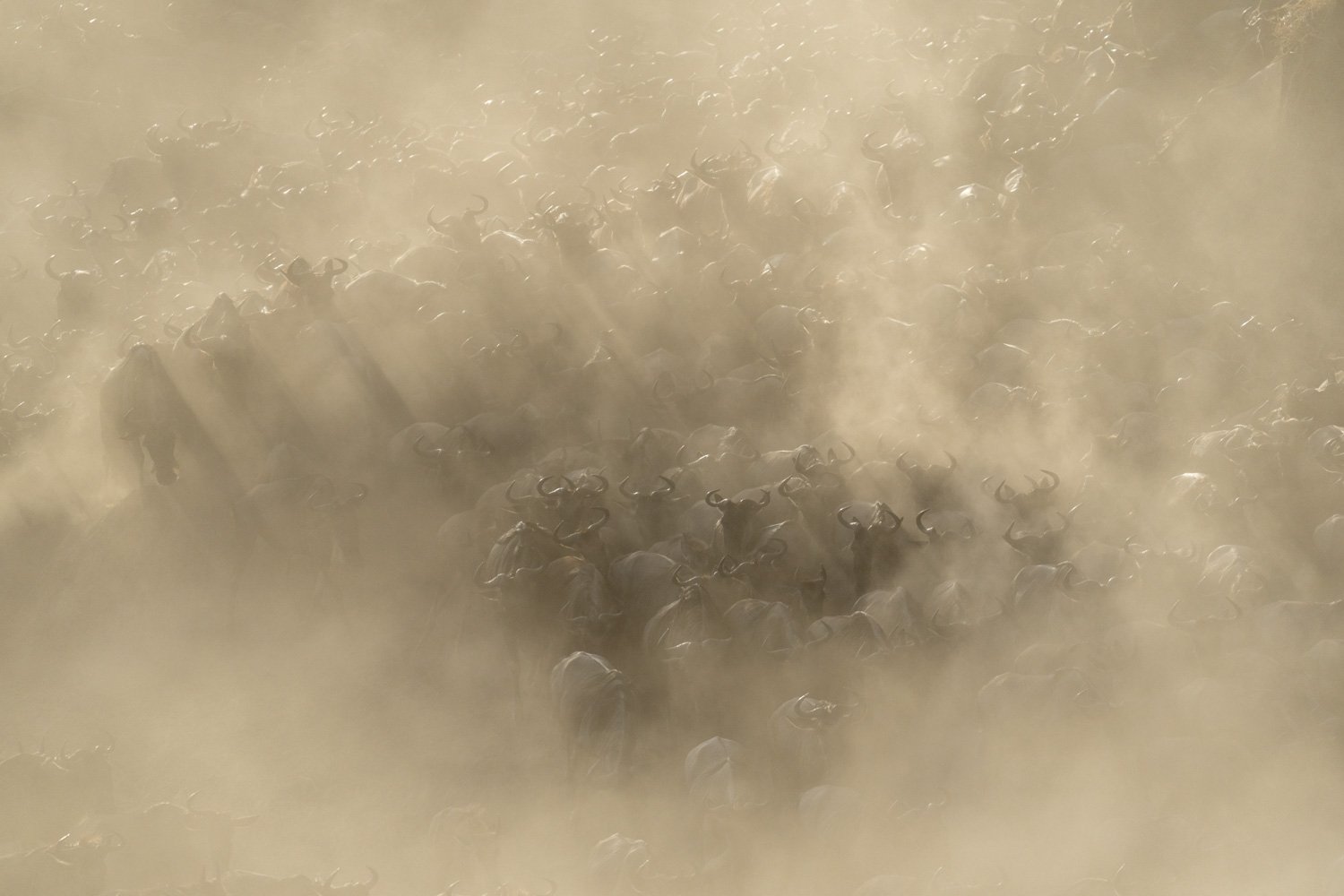
Sony ⍺1 Field Test
I’ve been using my pair of Sony ⍺1 cameras for a couple of years now, and I thought it would be worth doing a proper field test. I’ve just come back from a couple of weeks in the Serengeti photographing the Mara river crossing, so how did they perform?
